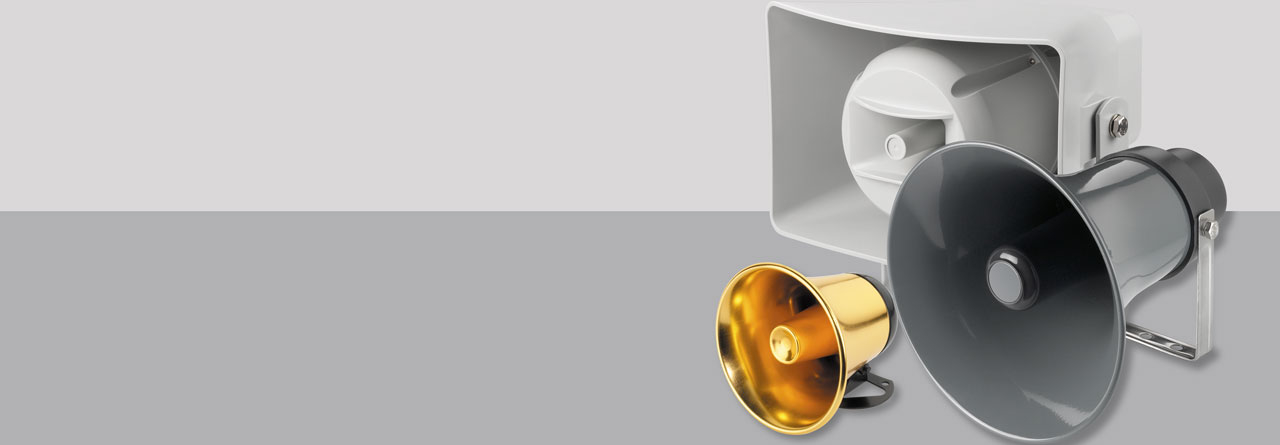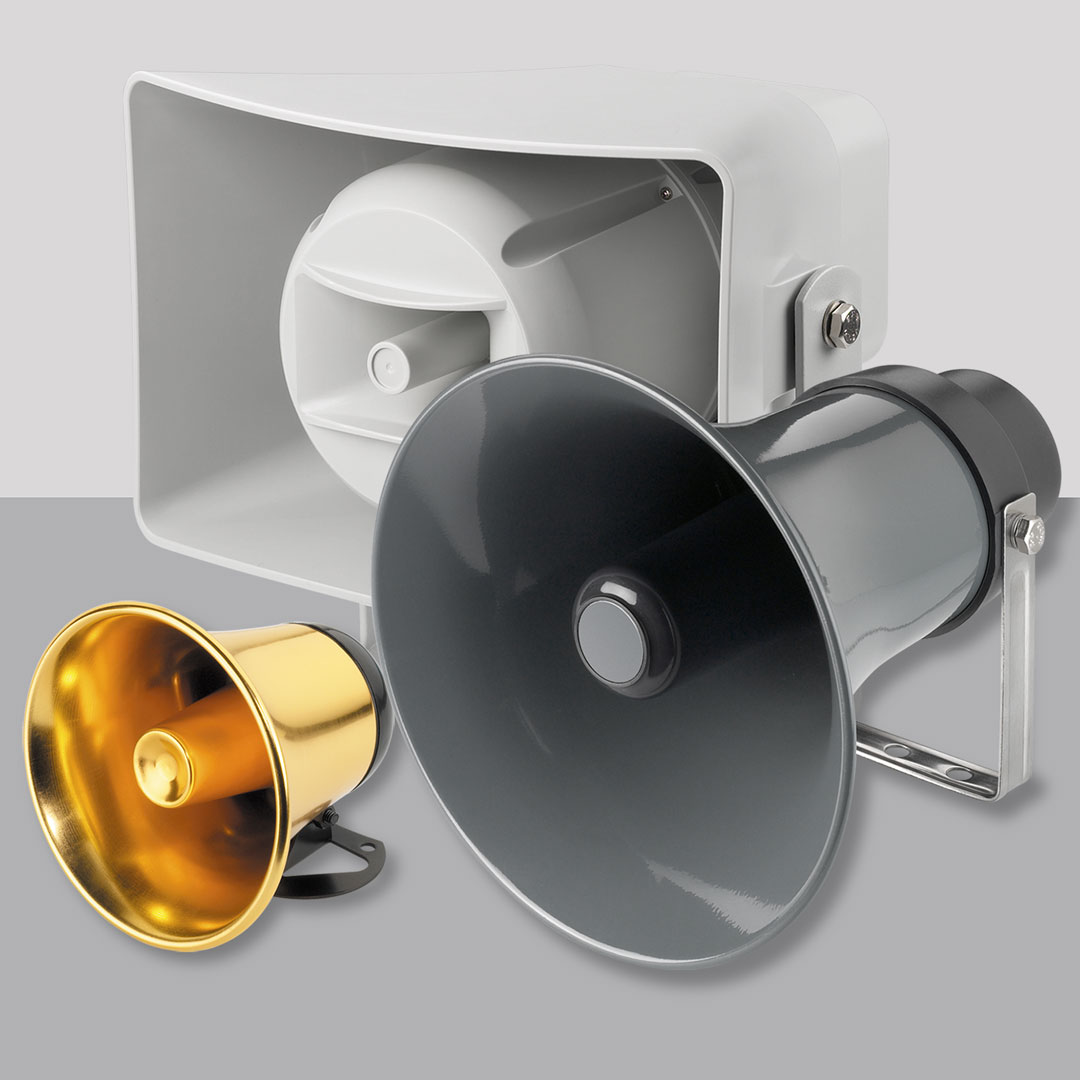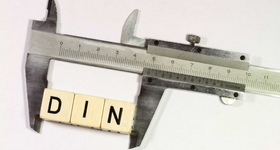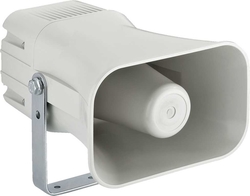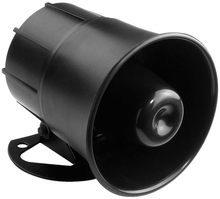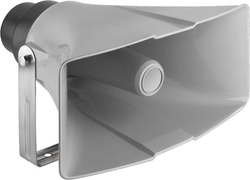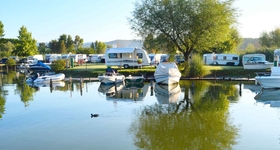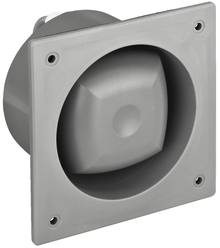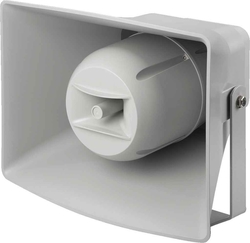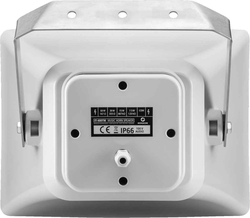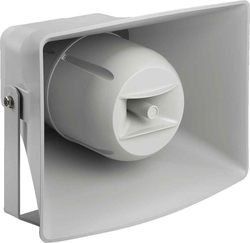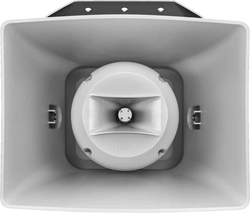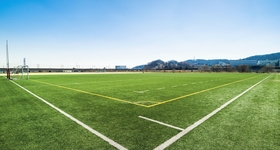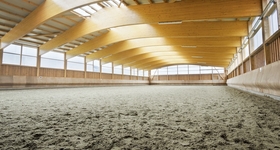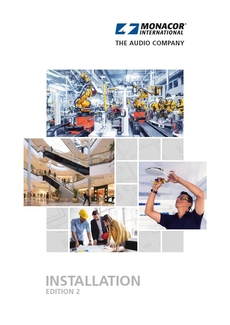What delivers sound so reliably and powerfully even through rain and wind? It's the horn speaker, of course! You could imagine Goethe writing something like this about the Erlking of outdoor speakers. But there is also a less poetic version: horn speakers are efficient, incredibly durable and loud. They are often used in public address systems for large venues such as train stations, airports, factory buildings, camping sites and sports stadiums. Horn speakers are most powerful in the mid-range and higher frequencies. But: our newly designed music horns also provide that juicy bass we all love to hear. That now makes them relevant in settings where music playback is a main focus. Having said that, their main strengths are still clear speech, volume and stability.
